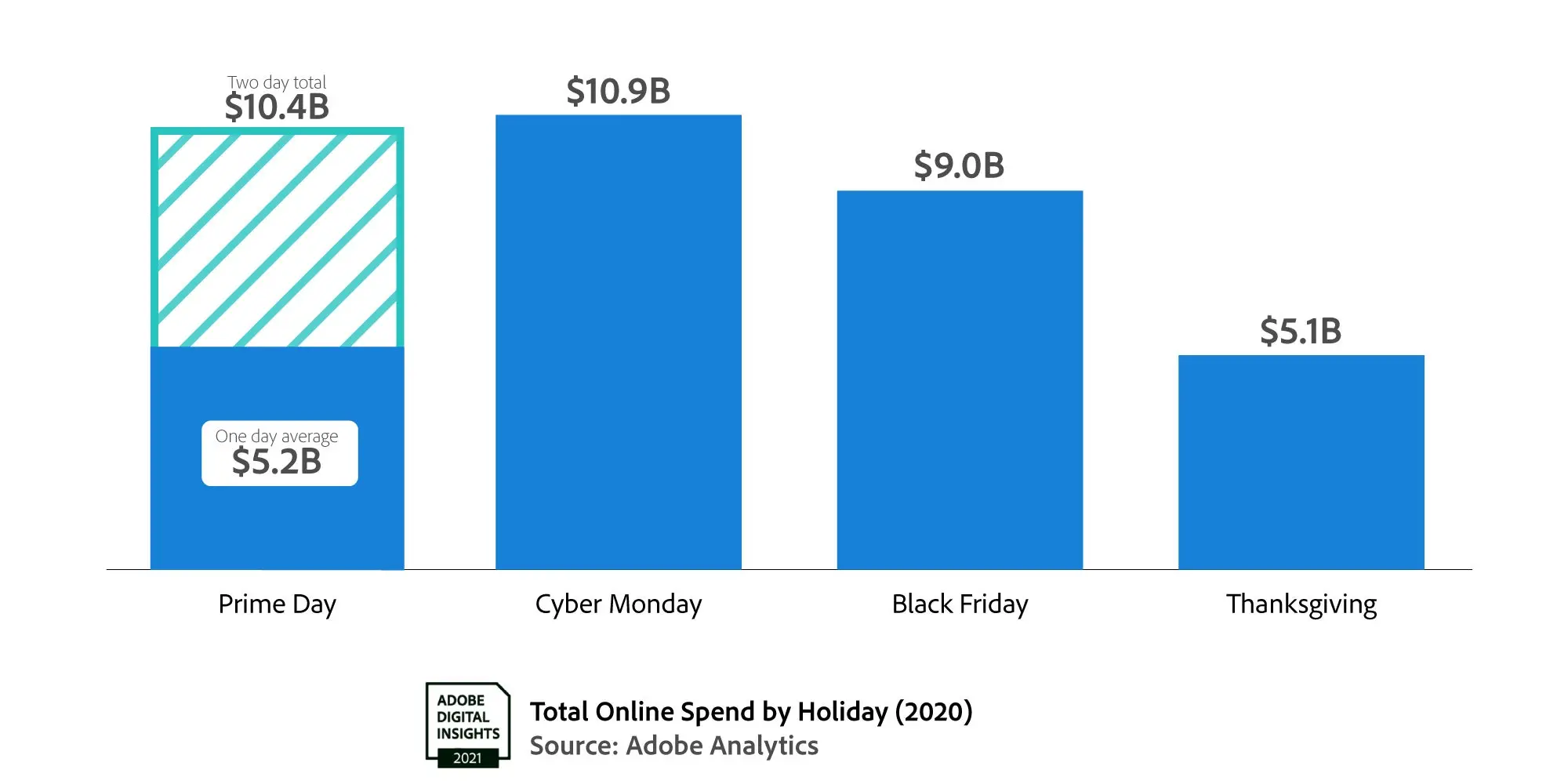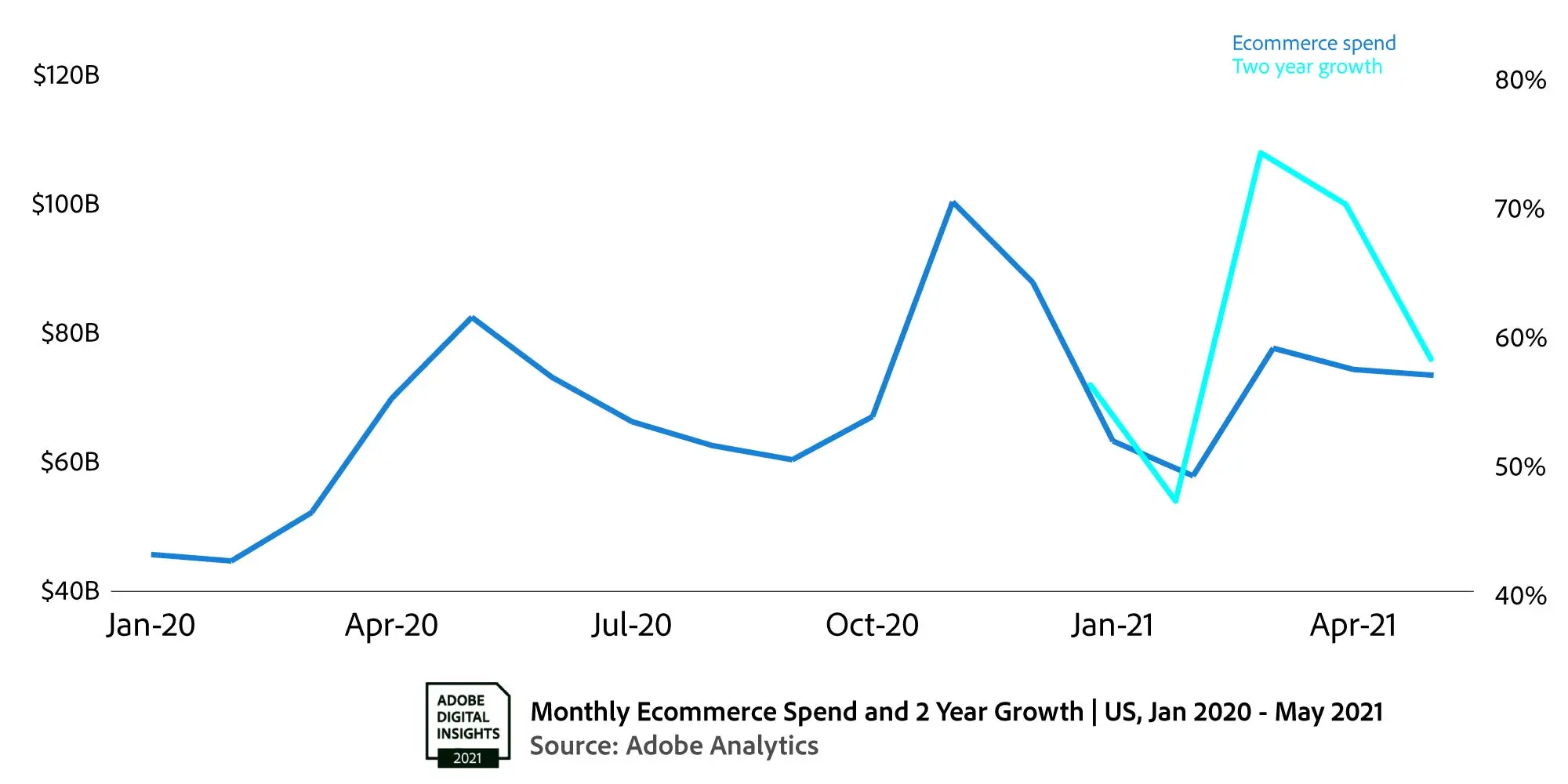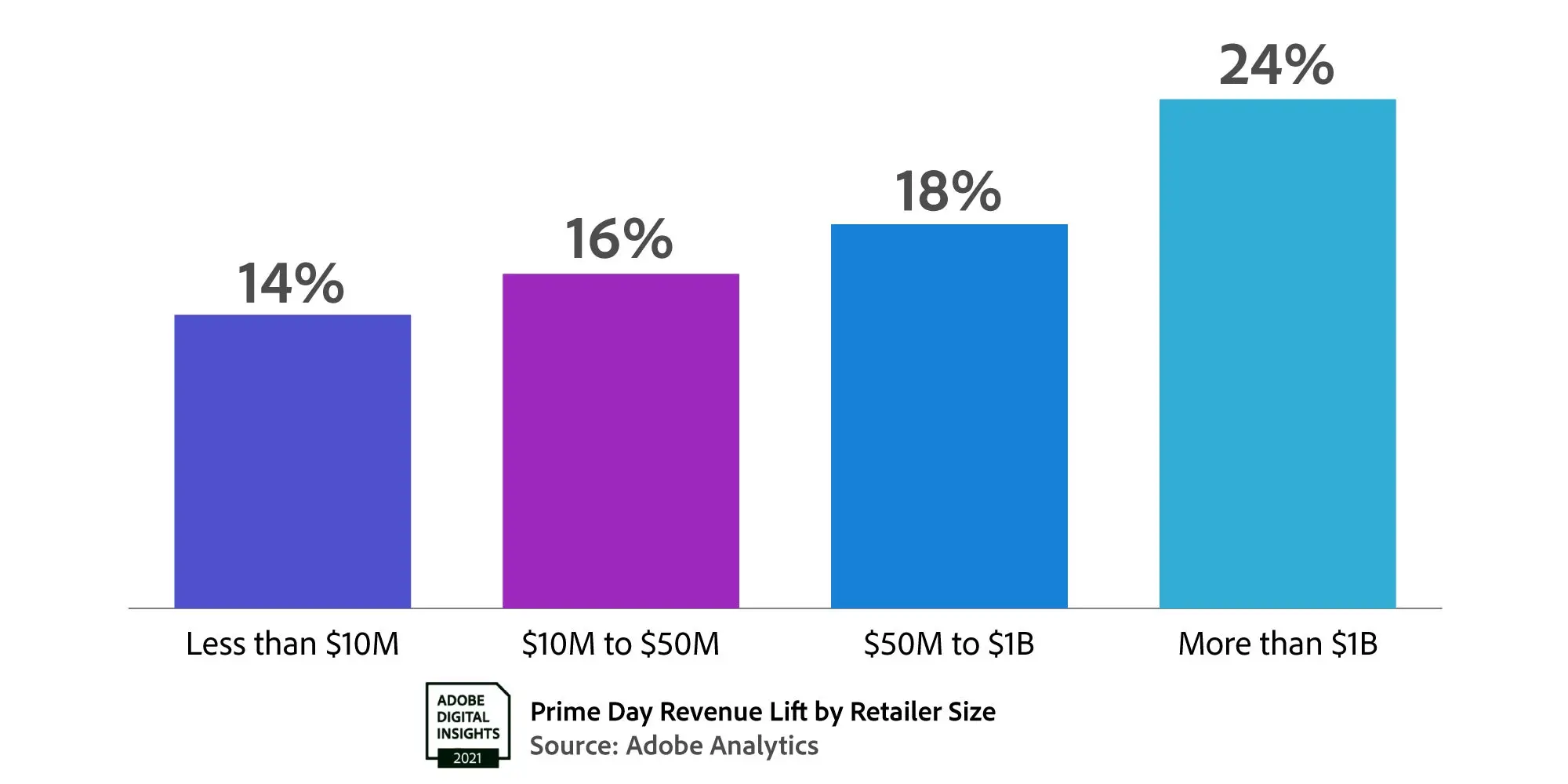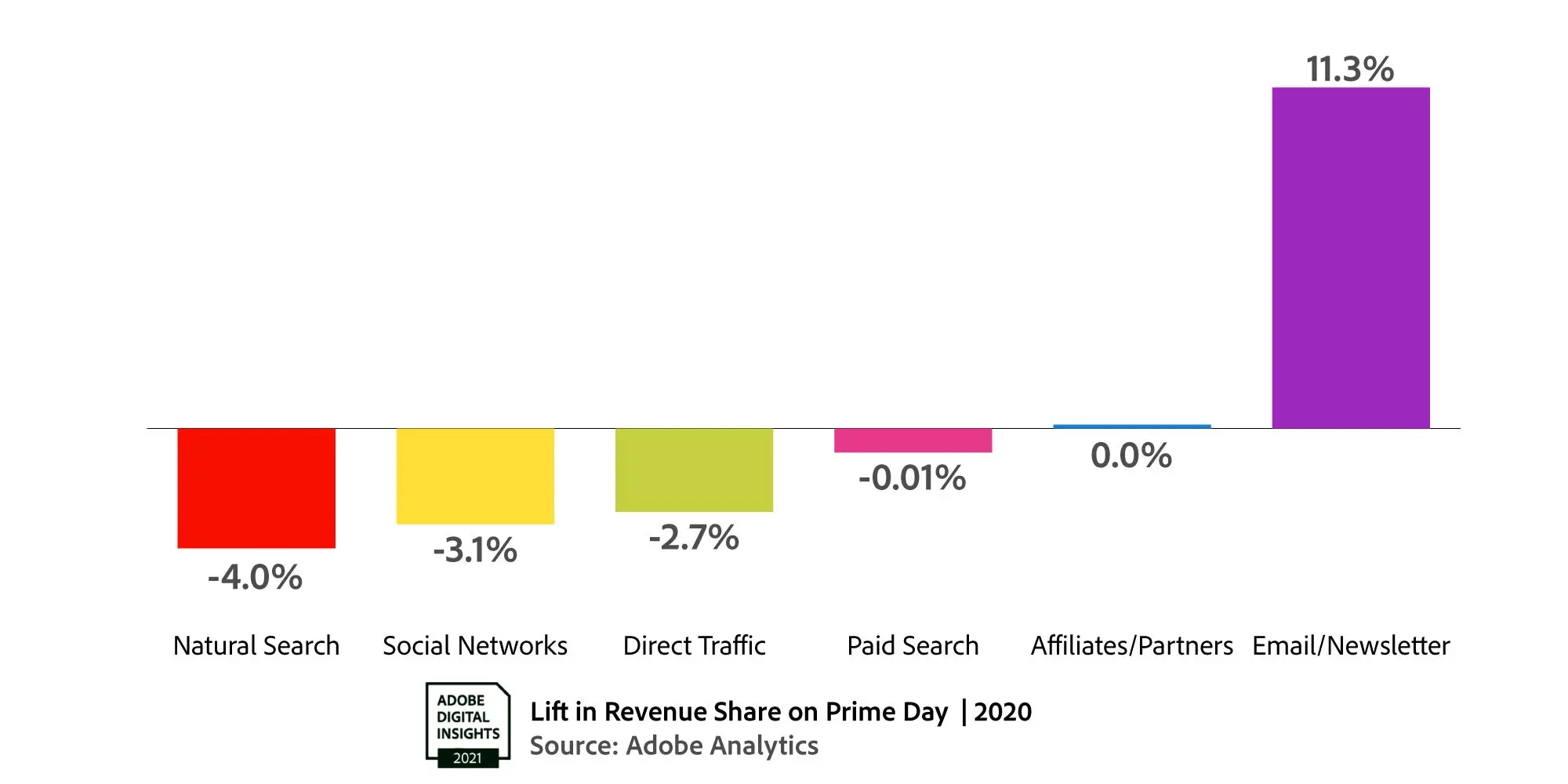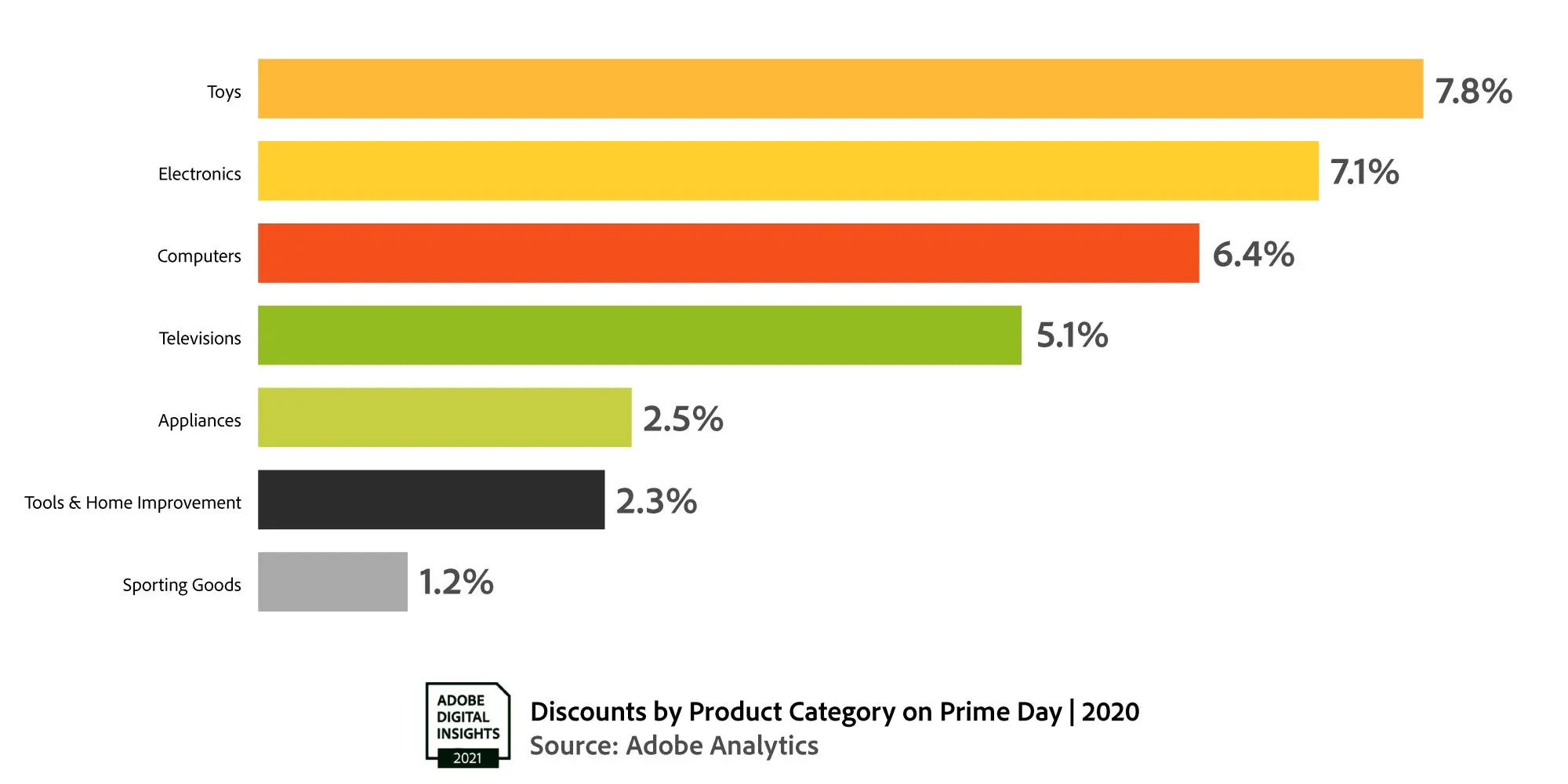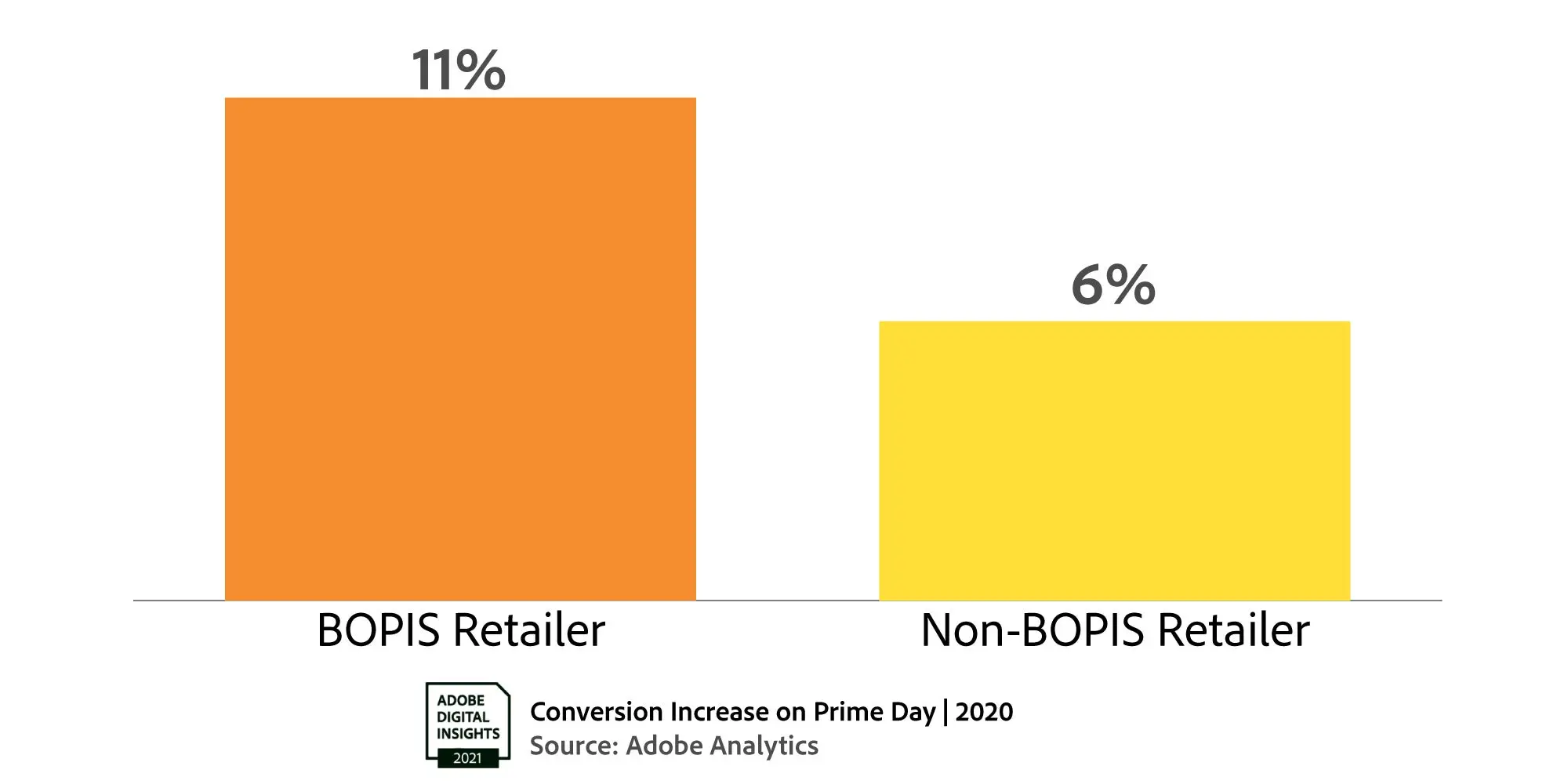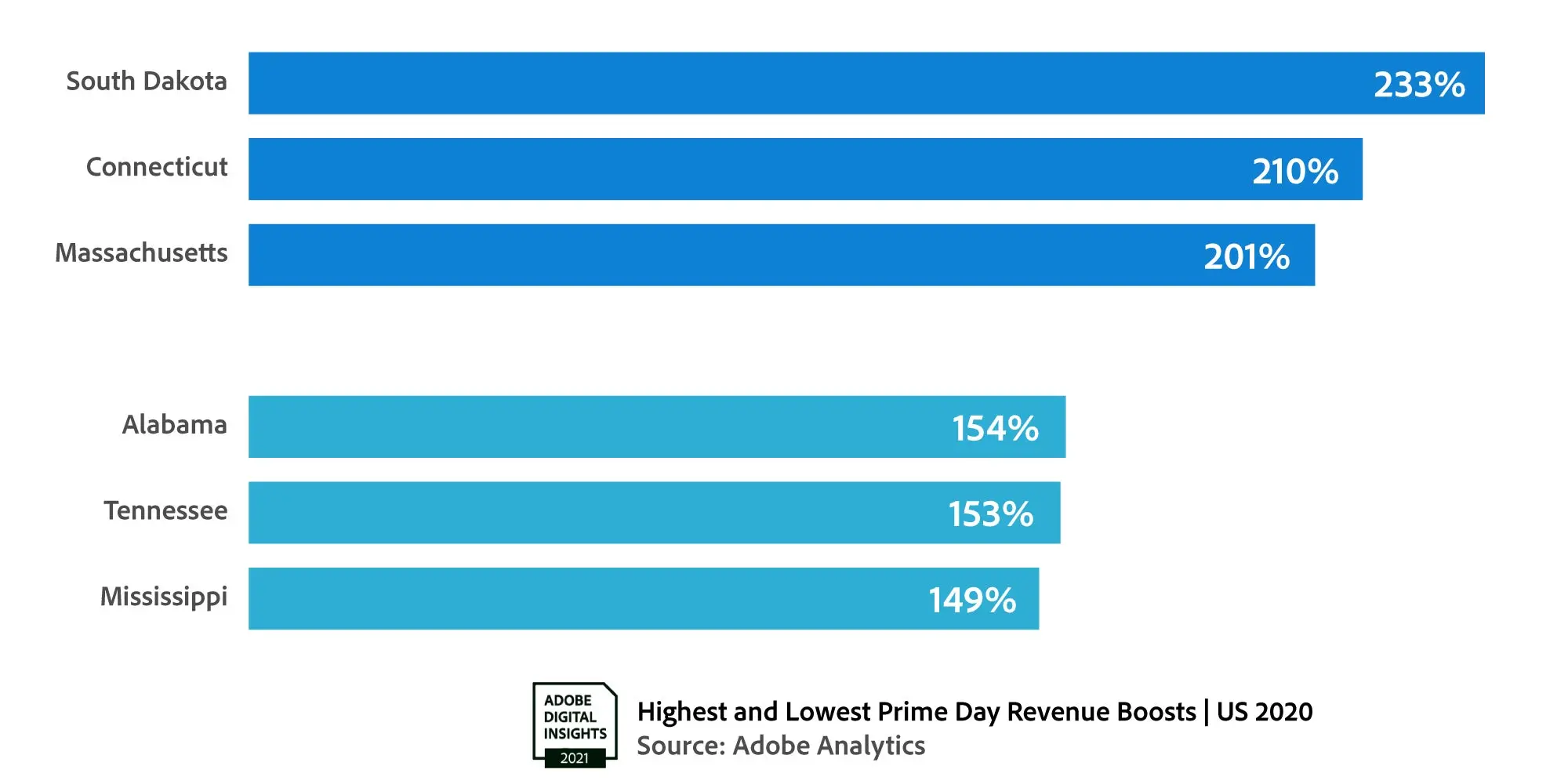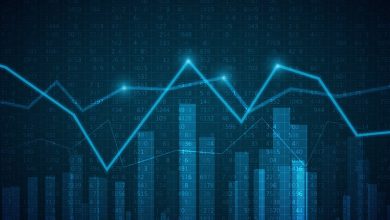Total U.S. e-commerce on Amazon Prime Day will rival holiday shopping season
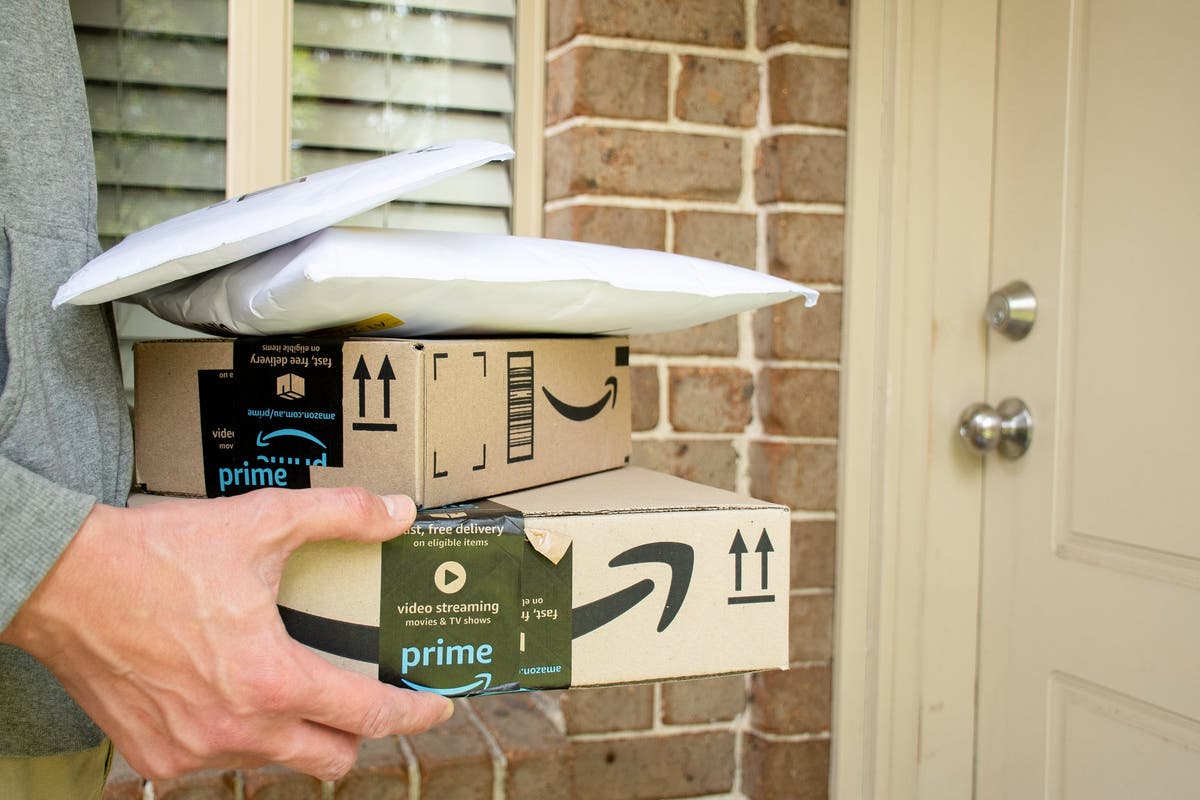
In its seventh year, Amazon Prime Day has emerged as one of the biggest industry-wide shopping events of the year with total U.S. online spending that now rivals the peaks of the previous holiday season. Scheduled for June 21 and 22, the retail extravaganza is poised to smash records after the pandemic led many homebound consumers to sign up for a Prime membership in the past year. Walmart, Target and Kohl’s are among the retailers that have also announced competing sales events during this year’s Prime Day.
Amazon was estimated to have 147 million Prime subscribers in the U.S. as of March, a 25 percent gain from a year earlier. As many of those consumers hunt for deals and comparison-shop at other websites that also will be heavily promotional, Prime Day is expected to drive a surge in U.S. online spending for all sizes of retailers.
If recent trends are any sign of what’s ahead, total U.S. online spend for Prime Day promises to surpass last year’s Cyber Monday, when U.S. e-commerce hit $10.9 billion to become the biggest shopping day of 2020, according to the latest Adobe Digital Economy Index. Overtaking Cyber Monday will be a major milestone after last year’s Prime Day spending of $10.4 billion (total for both days) exceeded the $9 billion for Black Friday and the $5.1 billion for Thanksgiving Day.
Among the signs of strong momentum coming into this year’s Prime Day are the two-year growth rates for online spending. They show longer-term trends are intact despite the massive disruption of the pandemic. Online spending slipped 11 percent to $73.5 billion in May from a year earlier, when lockdowns on many brick-and-mortar stores had driven a surge in e-commerce, but the two-year trend showed a healthy 58 percent gain.
That two-year growth was less than the 74 percent jump for March and 70 percent for April, when stimulus check payments helped to fuel spending, but still is positive for online retailers. If May’s spending growth continues, Adobe forecasts that the holiday shopping season this year will see a 19.7 percent gain from last year. Another blow out Prime Day will confirm that consumers are committing to the online shopping habits they built up early on in the pandemic.
Here’s what to expect for U.S. e-commerce for this year’s upcoming Prime Day.
Contents
U.S. consumers are ready to shop
As the economy continues to recover and many consumers feel better about the future, it’s more likely they will look to open their wallets on Prime Day and not just on Amazon.com. More than half (58 percent) of consumers said they plan to shop online during the event, according to an Adobe survey of 1,000 U.S. adults. In addition, a third of respondents said they plan to spend some of their stimulus check payments on deals offered by retailers during Prime Day.
Rising Prime Day tide lifts all retail boats
As Amazon promotes Prime Day, the company not only helps to build excitement for its online marketplace, but also for rival websites with competing deals and discounts. Amid this heightened awareness, many people will shop around. One out of three consumers said they will spend on other retailers beside Amazon on Prime Day, according to Adobe’s survey results.
Meanwhile, retailers of all sizes see sales growth on Prime Day, but the biggest brands tend to benefit most from this “halo effect.” Last year, retailers with more than $1 billion in yearly online sales saw a sales gain that was 10 percent greater than what merchants with less than $10 million experienced. Adobe found that only about a third of consumers prefer to buy from small businesses on Prime Day, which may explain the difference in results.
And how are retailers attracting customers to their digital storefronts? Many are turning to their tried-and-true email campaigns to offer targeted deals. Adobe Analytics found that shares of online sales with email as the last touch channel increased by 11 percent during Prime Day.
Toys and electronics led in discounts
Amid the heavy promotions on Prime Day, most categories of products show significant declines in prices as retailers seek to urge customers to fill their electronic shopping carts. Last year, toys saw the biggest price cuts at 8 percent while electronics were marked down by an average of 7 percent.
That aggressive pricing reflects consumer tastes, with many shoppers primarily looking for Prime Day deals on toys and electronics, in addition to clothing and groceries, according to the Adobe consumer survey.
Books were the hottest category across retailers during last year’s Prime Day with sales that more than doubled with an 112 percent gain, ahead of electronics at 77 percent and appliances at 52 percent. The slowest-growing categories were housekeeping supplies at 17 percent and apparel at 11 percent.
Many consumers have been trained to look for deals on Prime Day. About half (47 percent) of them said they expect other retailers to offer online deals because of the shopping event. They also see the value of the artificial holiday, with 46 percent saying they save money by shopping on Prime Day.
Brick-and-Mortar advantage
Brick-and-mortar retailers shouldn’t necessarily feel shut out by the surge in online shopping on Prime Day. Retailers that offer buy online pickup in store (BOPIS) option saw a lift in conversion that was twice as big as their counterparts that lack the service.
BOPIS service is especially useful for consumers who are looking to save time shopping or are concerned about personal safety during the pandemic. However, the steep declines in COVID-19 infections as more people are vaccinated appear to be affecting consumer attitudes. The portion of consumers who said they actively avoided shopping in stores fell from 42 percent in March to 30 percent in June. This shift may help to make BOPIS services more popular among consumers, including those looking for deals (and instant gratification) on Prime Day.
Regional differences
Adobe Digital Economy Index is also seeing regional differences in online shopping during Prime Day. South Dakota had the biggest lift with 230 percent boost in online spending during Prime Day last year and Connecticut came in close second with 210 percent boost. On the other side, Alabama, Tennessee and Mississippi saw the lowest lift in online spending at 154 percent, 153 percent and 149 percent respectively.
For the full report, visit here.
Methodology: The Adobe Digital Economy Index offers the most comprehensive set of insights of its kind, based on analysis through Adobe Analytics that covers over one trillion visits to U.S. retail sites and over 100 million SKUs in 18 product categories — more than any other technology company. Companion survey findings are based on a survey of 1,000 U.S. consumers (18 years or older) fielded between June 2 and June 6, 2021.
Source : Adobe

